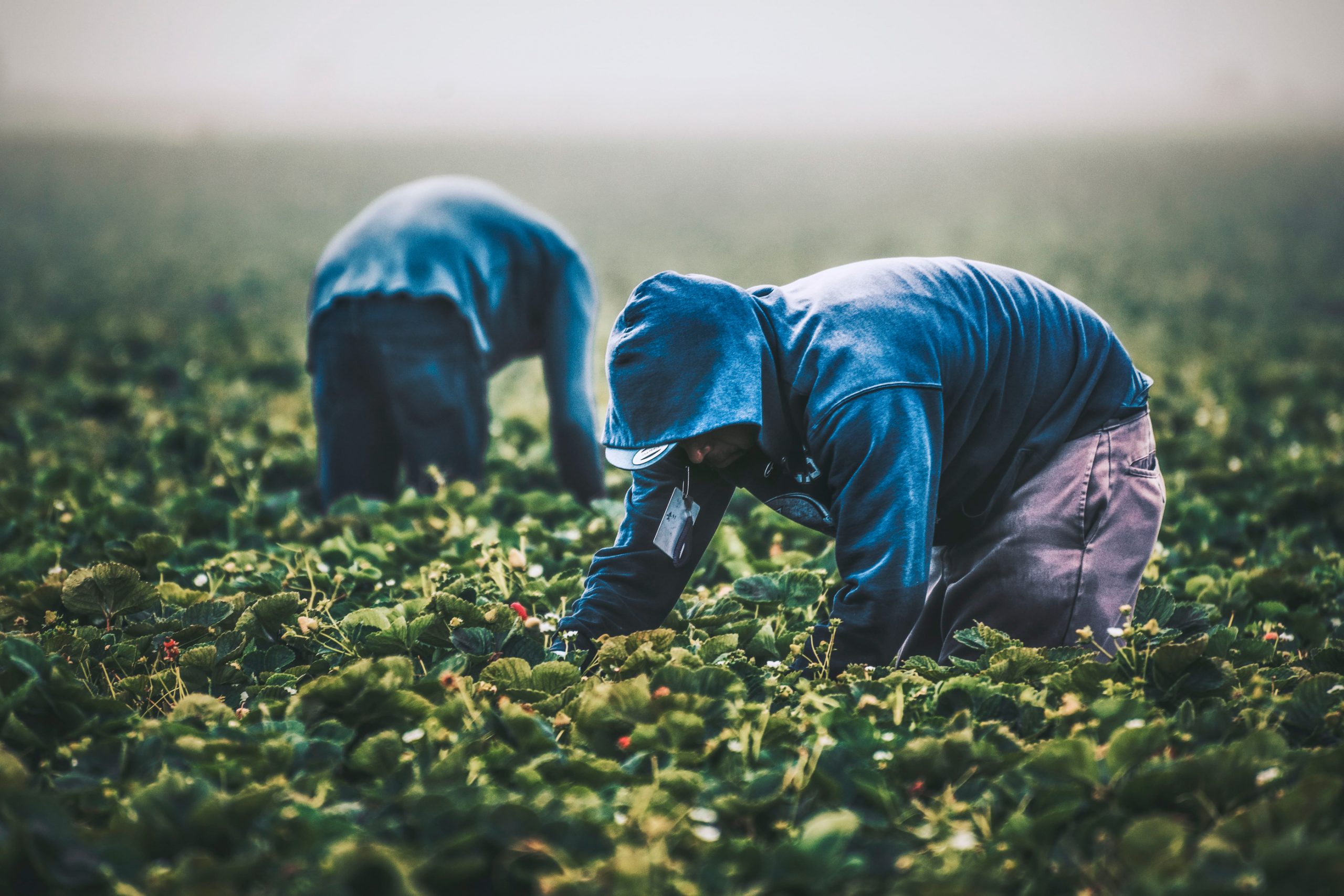
Living Income
Rural poverty
More than 1.4 billion people around the world, mostly in rural areas, live in extreme poverty and rely on agriculture for their livelihoods. Empowering farmers and forest communities to earn sustainable livelihoods is one of the most effective ways to lift rural communities out of poverty.
Creating better livelihoods is key to a vision of a world where people and nature thrive in harmony, as the livelihoods of farmers and farming communities are intricately linked to some of the world’s most diverse ecosystems. However, farmers in developing countries face many challenges in increasing their incomes and lifting themselves out of poverty. They typically have limited access to services, inputs, and markets, which dramatically impacts their ability to put food on the table, afford basic healthcare and education for their children, or be able to save and invest for the future.
Smallholder farmers have virtually no control over market prices and weak to non-existent negotiating power, making them vulnerable to price volatility and the demands of off-takers. Commodity prices can fall below the cost of production, leaving farmers unable to break even. Prolonged periods of low prices, as seen lately for cocoa and coffee, have disastrous effects on farmers’ livelihoods and the long-term sustainability of supply. When farmers are trapped in poverty, they can’t afford to invest in more efficient or productive farming methods to improve their income.
This situation makes it difficult to pay farm workers a decent wage, and some may resort to using children for cheap labour. Others may turn to illegally clearing forests or growing illicit crops in an attempt to earn more. Some may even abandon their land altogether in search of alternative livelihood opportunities in cities or abroad.
Living Income
The Living Income concept has been developed to understand the income needed to afford a decent standard of living for all members of a household. Living Income is almost always higher than national or international poverty lines, and recognises that even if a household is above the poverty line, they may still not have enough money for a safe, healthy, and comfortable life.
Elements of a decent standard of living include food, water, housing, education, healthcare, transportation, clothing, and other essential needs including provisions for unexpected events. It can come from one or multiple sources; smallholder farmers typically have multiple income sources. A Living Income is a stepping stone towards a ‘prosperous income’, in which a household can thrive and flourish economically, socially, and health-wise.
LRF approach to living income
As an impact-focused fund aiming to improve the most vulnerable smallholder farmers’ ability to adapt to the effects of climate change, the LRF acknowledges the important role of an adequate income to an individual or a household’s ability to protect themselves against climate shocks and to achieve a decent living standard. The LRF recognises the importance of empowering farmers and forest communities to earn sustainable livelihoods.
We are committed to making investments that contribute to a world where all individuals have access to an adequate standard of living, and their fundamental rights and basic needs are covered. We believe that creating better livelihoods is key to achieving a world where people and nature thrive in harmony. As such, we commit to the following principles:
- We will invest in projects that support smallholder farmers and local communities in achieving a living income, including providing access to services, inputs, and markets to improve their profitability and ability to save and invest for the future.
- We will build an understanding at the landscape level of current income levels and costs associated with a decent standard of living (e.g. LRF-funded Living Income Benchmark in the Central Annamites Landscape, Vietnam)
- We will level the playing field to make living income gender-inclusive (see more information on LRF approach to gender), and support projects that can increase farmers’ bargaining power on prices they receive.
- We will support SMEs to work towards the achievement of a living income for all direct employees and farmers that they source from.
- We recognize the importance of protecting the rights of smallholder farmers and workers and will invest in projects that promote decent wages, fair prices, safe working conditions, and the elimination of child labour.
- We will collaborate with local communities, government, and other stakeholders to share data and insights, and support inclusive governance to ensure that our investments and landscape work align with local needs and priorities.
The LRF has two main approaches to operationalise these principles:
- use appropriate safeguards as part of its Environmental and Social Management System (ESMS) (a ‘do no harm’ approach, assessing and managing the risk that farmers may not receive a living income)
- integrating and strengthening positive opportunities in the activities financed by the LRF (a ‘doing good’ approach, to assess the positive impact of the project on farmer incomes, and consider how can it be strengthened, and monitored).
